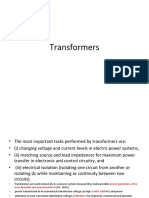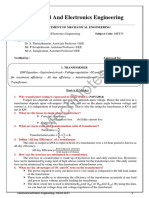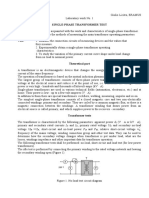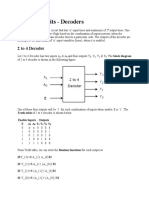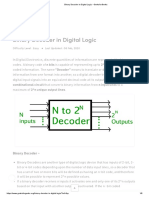0% found this document useful (0 votes)
8 views18 pagesEAPP Report
This report details the design and simulation of a 5 kVA step-down single-phase transformer using Multisim, analyzing its performance under various load conditions. The transformer maintained a constant secondary voltage of 220 V across all scenarios, demonstrating ideal voltage regulation and 100% efficiency in the simulation. The findings highlight the relationship between load resistance and current draw, confirming the transformer's capability to handle fluctuating load demands effectively.
Uploaded by
ntandomkhize31Copyright
© © All Rights Reserved
We take content rights seriously. If you suspect this is your content, claim it here.
Available Formats
Download as PDF, TXT or read online on Scribd
0% found this document useful (0 votes)
8 views18 pagesEAPP Report
This report details the design and simulation of a 5 kVA step-down single-phase transformer using Multisim, analyzing its performance under various load conditions. The transformer maintained a constant secondary voltage of 220 V across all scenarios, demonstrating ideal voltage regulation and 100% efficiency in the simulation. The findings highlight the relationship between load resistance and current draw, confirming the transformer's capability to handle fluctuating load demands effectively.
Uploaded by
ntandomkhize31Copyright
© © All Rights Reserved
We take content rights seriously. If you suspect this is your content, claim it here.
Available Formats
Download as PDF, TXT or read online on Scribd
/ 18








